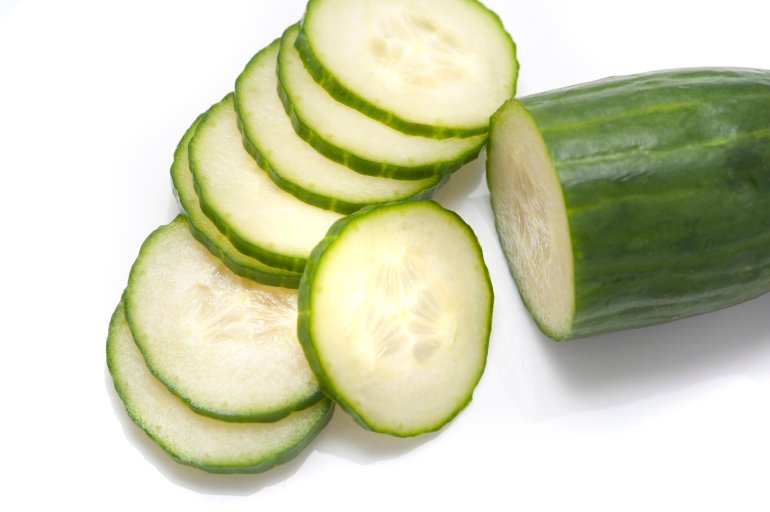Cucumbers are an incredibly versatile vegetable that are enjoyed by many across the globe. This crisp and cool garden delight not only adds a refreshing crunch to various dishes but also carries several health benefits. This article aims to delve deep into the world of cucumbers, discussing everything from its history and cultivation to the many ways you can enjoy them in your daily diet.
History and Origin
Cucumbers belong to the Cucurbitaceae family, which includes melons, squash, and gourds. They are believed to have originated in South Asia, particularly in India, where they have been cultivated for more than 3,000 years. From there, they spread to Ancient Greece, Rome, Europe, and eventually made their way to the Americas. Today, they are grown all over the world, cherished for their refreshing flavor and hydrating properties.
Types of Cucumbers
There are three main types of cucumbers: slicing, pickling, and burpless.
- Slicing Cucumbers: These are typically large and thick-skinned. They’re perfect for eating fresh and are commonly used in salads and sandwiches.
- Pickling Cucumbers: These are smaller and often have bumpy skin. They are harvested when young and used to make pickles.
- Burpless Cucumbers: These cucumbers are usually long, slender, and have a thinner skin. They’re known to be easy on the digestive system, hence the name “burpless”.
Cultivation and Care
Cucumbers are warm-season crops, meaning they don’t tolerate frost and need warm soil for germination. The plants require full sun exposure and should be planted in well-drained soil.
Cucumber plants require consistent watering. Mulching around the plants can help retain soil moisture and suppress weeds. They are heavy feeders and may benefit from periodic feeding with a balanced vegetable fertilizer.
Most cucumber plants are vines, although there are some bush varieties. Vining cucumbers can be grown on the ground or on sturdy trellises, which can save space, improve air circulation, and make harvesting easier.
Nutritional Benefits
Cucumbers are known for their high water content – about 95%. They are low in calories, fat, cholesterol, and sodium, making them a great addition to a healthy diet.
They also contain a small amount of several essential vitamins and minerals, including vitamin C, vitamin K, magnesium, potassium, and manganese. Furthermore, cucumbers contain unique antioxidants, including flavonoids and tannins, which can help prevent inflammation and protect against disease.
Incorporating Cucumbers in Your Diet
Cucumbers are often enjoyed raw in salads or as a crunchy addition to sandwiches. However, their culinary uses extend far beyond these common applications.
- Pickling: This is one of the most popular uses for cucumbers. The process involves soaking cucumbers in a mixture of vinegar, water, and various spices to create a tangy, flavorful treat.
- Cucumber Water: Adding cucumber slices to water can provide a refreshing flavor, encouraging increased water intake.
- Cucumber Juice: Cucumbers can be juiced and combined with other fruits and vegetables for a nutritious beverage.
- Cooking: While less common, cucumbers can also be cooked and added to stir-fries, soups, or stews.
- Garnishing: Cucumber slices can be used to garnish cocktails or other beverages.
Cucumbers are a refreshing and versatile vegetable that has been enjoyed by various cultures for centuries. Whether you grow them in your garden or buy them from the store, incorporating cucumbers into your diet can provide both unique flavors and significant health benefits. From the crunch of a fresh salad to the tang of a classic pickle, the cucumber truly shines in its culinary versatility.
